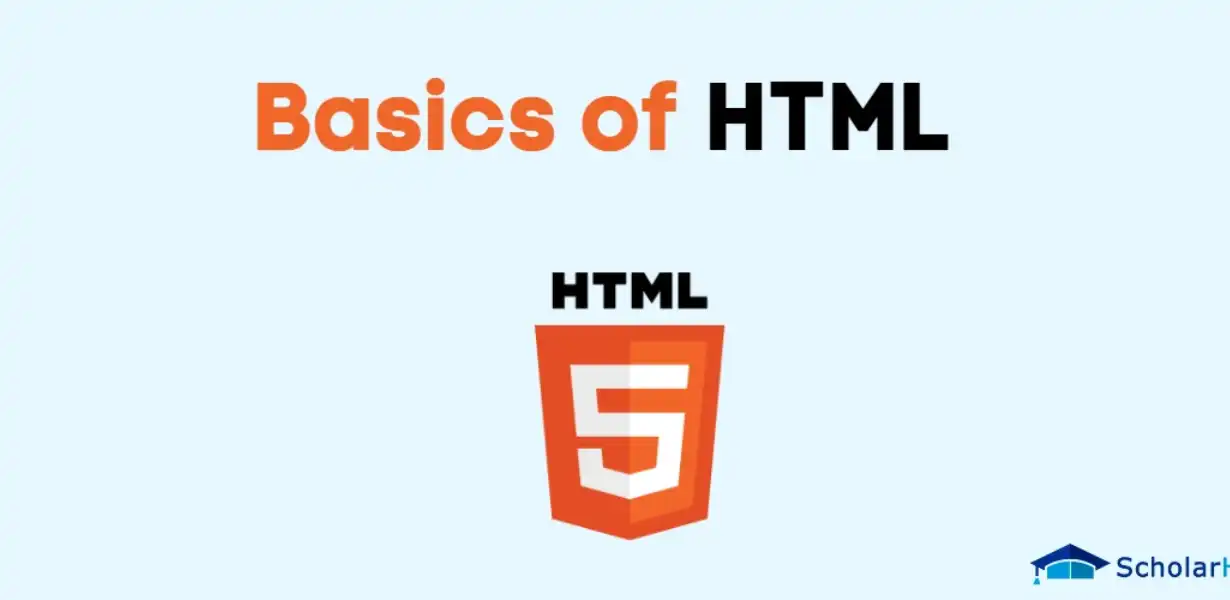
Responsive Web Design with HTML Basics: Building Websites for All Devices
- Post
- August 5, 2023
- HTML & CSS, HTML Basics, Web Development
- 0 Comments
In the ever-evolving world of digital technology, building websites that cater to a diverse range of devices has become a necessity. Responsive web design with HTML lays the foundation for creating websites that adapt seamlessly to various screen sizes and resolutions, ensuring an optimal user experience for everyone. In this comprehensive guide, we will delve into the fundamentals of responsive web design, exploring HTML tags, elements, and code to empower you to craft versatile and user-friendly websites. In today’s mobile-centric landscape, where smartphones, tablets, laptops, and desktops coexist, the demand for responsive web design has skyrocketed. A responsive website dynamically adjusts its layout based on the user’s device, delivering a visually appealing and functional experience.
Understanding HTML Basics
To grasp the essence of responsive web design, it’s crucial to comprehend the fundamental building blocks of HTML (Hypertext Markup Language). HTML serves as the backbone of web pages, defining the structure and content. Let’s explore some essential HTML tags and elements that form the core of web development.
The DOCTYPE Declaration
The DOCTYPE declaration, often overlooked, is a vital aspect of HTML. It informs the browser about the version of HTML used in the document, ensuring proper rendering and compatibility. Using the correct DOCTYPE is essential to avoid rendering issues.
The HTML Element
The HTML element serves as the root of the HTML document. It encapsulates all the other elements and tags and provides a structural foundation for the entire page.
Headings and Paragraphs
HTML provides six levels of headings (H1 to H6) to structure your content. H1 represents the main heading, while H2 to H6 denote subheadings of decreasing importance. Pairing headings with relevant content in paragraphs helps search engines understand the context and hierarchy of your content.
Images and Alt Attributes
Images are essential for visual appeal, but they also play a critical role in accessibility. Always use the “alt” attribute to provide alternative text for images. This assists visually impaired users and search engines in understanding the image’s content.
Hyperlinks and Anchor Tags
Hyperlinks, created using anchor tags, enable seamless navigation between web pages. Using descriptive anchor text helps search engines comprehend the linked page’s context.
Semantic Elements
HTML5 introduced semantic elements like <header>, <nav>, <article>, <section>, <aside>, <footer>, and more. These tags aid in structuring the content meaningfully, enhancing the user experience, and providing additional context to search engines.
HTML Forms
For interactive elements like contact forms and search bars, HTML forms come into play. Use appropriate form elements like <input>, <textarea>, and <button> with proper attributes for better user experience and accessibility.
Mobile Meta Viewport
A crucial aspect of responsive design is the meta viewport tag, which allows you to control the viewport’s dimensions on mobile devices, ensuring proper scaling and layout adjustments.
CSS Media Queries
While HTML lays the foundation, Cascading Style Sheets (CSS) add the visual styling to your web page. CSS media queries enable you to apply different styles based on the user’s device, facilitating responsive design.
Testing and Optimization
Creating a responsive website doesn’t end with coding; thorough testing on various devices and screen sizes is essential. Regularly optimize your code and assets for faster loading times and better search engine rankings.
By incorporating these HTML basics into your web development process, you can create websites that are visually appealing, user-friendly, and adaptable to all devices.
Final Words
Responsive web design with HTML basics is a must in today’s digital landscape. By embracing the power of HTML tags, elements, and code, you can build websites that provide a seamless experience across all devices. Remember to test, optimize, and continually improve your website to stay ahead in the competitive online realm.
Commonly Asked Questions
Q1: What is responsive web design?
A: Responsive web design is an approach that enables websites to adapt and adjust their layout based on the user’s device, providing an optimal browsing experience on any screen size.
Q2: Why is responsive web design crucial?
A: With the increasing use of mobile devices, responsive web design ensures that your website reaches a broader audience and delivers a consistent user experience, which positively impacts SEO rankings.
Q3: How do HTML tags contribute to responsive design?
A: HTML tags, such as headings, paragraphs, images, and semantic elements, structure the content, making it easier for browsers and search engines to understand the webpage’s layout and context.
Q4: What are CSS media queries?
A: CSS media queries allow developers to apply different styles based on the user’s device, enabling responsive design and ensuring that the website looks great on any screen size.
Q5: How can I test the responsiveness of my website?
A: You can use various tools like Google’s Mobile-Friendly Test, browser developer tools, and physical device testing to ensure your website functions flawlessly on all devices.




